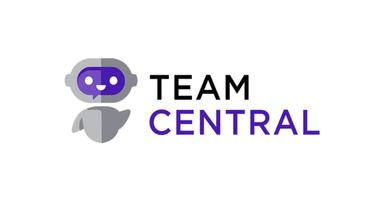Why is dispersed healthcare the way of the future?

What is dispersed healthcare?
Dispersed healthcare (also known as telemedicine) is a term used to describe the use of technology to provide healthcare services at a distance. This can include providing services to patients in their homes, or to patients in other locations, such as a clinic or hospital. Dispersed healthcare can be used to provide services to patients who live in rural or remote areas, or who have difficulty getting to a healthcare facility. It can also be used to provide services to patients who are unable to leave their homes, such as those who are bedridden or have a disability.
The benefits of dispersed healthcare.
There are many benefits to dispersed healthcare. One of the most important is that it can help to prevent the spread of disease. By having patients treated in different facilities, it is much more difficult for a virus or other pathogen to spread. This is because the likelihood of exposure is reduced, and if one facility does become infected, it is less likely to cause a widespread outbreak.
Dispersed healthcare can also be more cost-effective. This is because it allows for the sharing of resources, and patients can be treated closer to home. This can also improve the quality of care, as patients can receive more personalized treatment.
Finally, dispersed healthcare can help to improve the security of the healthcare system. By having multiple facilities, it is much more difficult for an attacker to cause widespread damage. This can help to prevent the loss of life and protect the privacy of patients.
How dispersed healthcare works.
There are many different ways to deliver healthcare, and each has its own advantages and disadvantages. One of the most popular methods is dispersed healthcare, which is when patients receive care from a variety of different providers. This type of care is often seen as more convenient for patients, as they can choose the provider that is the best fit for them. Additionally, dispersed healthcare can be more cost-effective, as patients are not reliant on a single provider. However, this type of care can also be more challenging to manage, as patients may not always receive the same level of care from different providers.
The future of dispersed healthcare.
The future of dispersed healthcare is looking very bright. With the increasing popularity of telehealth and telemedicine, more and more people are able to get the medical care they need without having to leave their homes. This is especially beneficial for patients who are unable to travel or who have difficulty accessing traditional healthcare facilities.
Telehealth and telemedicine have also been shown to be cost-effective, which is another reason why they are becoming increasingly popular. In fact, a recent study found that the use of telehealth and telemedicine can save healthcare providers up to 30% on costs.
All of these factors are contributing to the rise of dispersed healthcare, and it is likely that this trend will continue in the years to come.
Business News
How Fashionphile Founder Built a Luxury Resale Empire from eBay to Millions
How Executives Can De-Risk Payment Operations in Regulated Industries
Why Your Engine Air Filter Plays a Bigger Role Than You Think
Phoebe Gates-Backed Startup Secures US$30 Million Investment to Fuel AI Shopping Platform
Anthropic’s AI Bubble Warning: A Call for Caution in the Hype-Driven Race




















